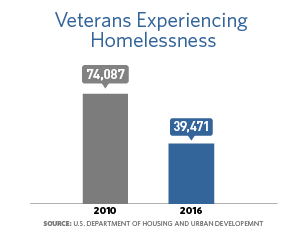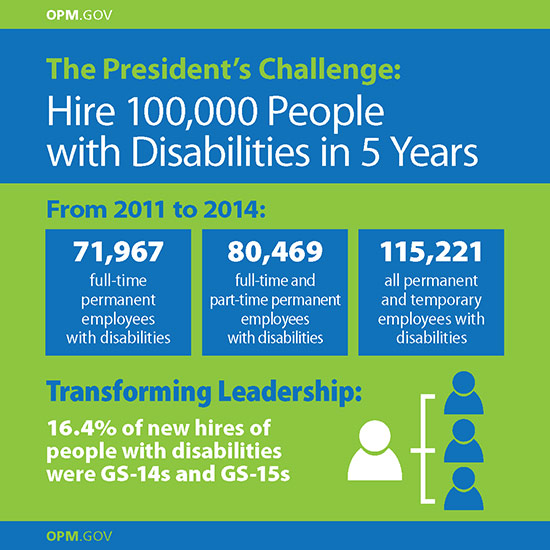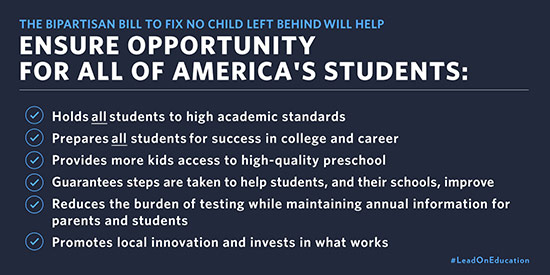President Obama asked each member of his Cabinet to write an Exit Memo on the progress we’ve made, their vision for the country’s future, and the work that remains in order to achieve that vision. Here are their key points on the work ahead to expand social progress.
Reforming our Broken Immigration System
“All of [this Administration’s] efforts to improve our broken immigration system have been important and have led to meaningful progress. But they are fundamentally insufficient in achieving the overall goal of truly fixing the system. The next Administration and the next Congress must return to the subject of comprehensive immigration reform. Everyone agrees the immigration system is broken. For one thing, we must reckon with the millions of undocumented immigrants who live in the shadows in this country, who have been here for years, who are not criminals, who are not going away, and who should be given the opportunity to come forward and become accountable. The next President and the next Congress should finally address this and other immigration issues and adopt comprehensive immigration reform.”
— Secretary Johnson
Creating a More Just Criminal Justice System
“Much of the work still ahead on criminal justice reform requires congressional action. Among other steps, Congress should pass a sentencing reform bill that reduces mandatory minimums for non-violent, low-level drug offenders. Sentences need to fit the crime. When sentences are too long, they harm public safety, waste taxpayer dollars, and severely damage communities.”
—Attorney General Lynch
Enacting Gun Safety Measures
"We hope future Administrations build on these efforts by implementing the kind of commonsense gun safety reforms supported by a majority of the American people. For example, Congress should fund 200 new ATF agents and investigators to help enforce our gun laws. And it is long past time that Congress take action on commonsense gun reform legislation, and I urge the next Congress to do so.”
—Attorney General Lynch
Protecting Voting Rights
“In the next Administration, the Justice Department should continue to defend the voting rights of Americans under the provisions of the act that remain, while making clear the enormous stakes of Congress failing to restore Section 5 of the VRA.””
—Attorney General Lynch
Forging a Better Political System
“We have to end the practice of drawing our congressional districts so that politicians can pick their voters, and not the other way around. We have to reduce the influence of money in our politics, so that a handful of families and hidden interests can’t bankroll our elections – and if our existing approach to campaign finance can’t pass muster in the courts, we need to work together to find a real solution. We’ve got to make voting easier, not harder, and modernize it for the way we live now.”
—President Obama (2016 State of the Union Address)




